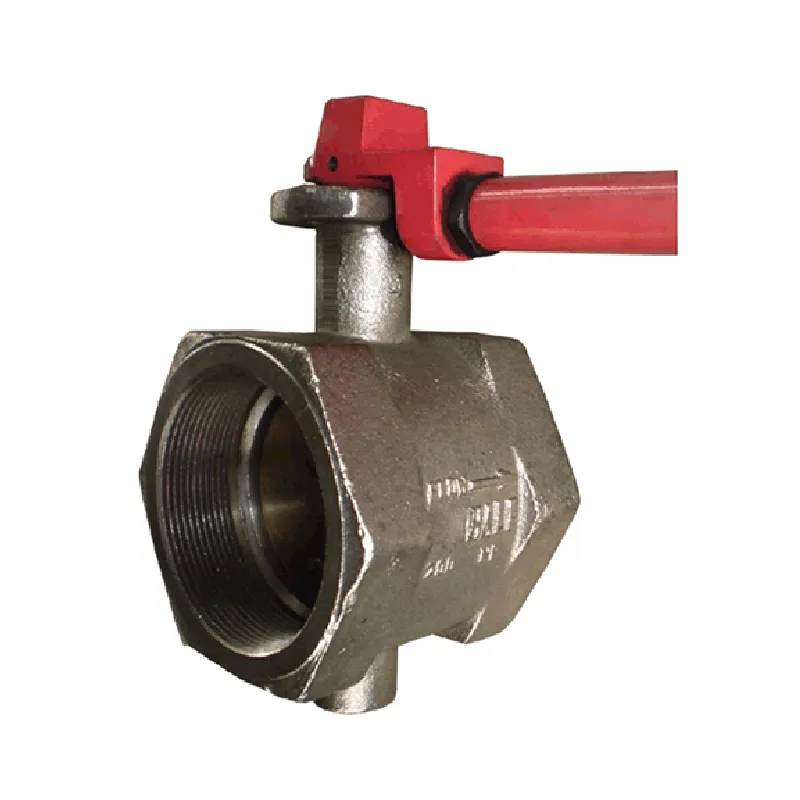Nov . 16, 2024 19:21 Back to list
Understanding the Benefits and Applications of Rubber Expansion Joints in Engineering
Understanding Rubber Expansion Joints A Comprehensive Overview
Rubber expansion joints, often referred to as flexible connectors, are essential components in various industrial applications. They offer a practical solution for managing the effects of thermal expansion, vibration, misalignment, and noise in piping systems. These joints are designed to absorb movements and accommodate misalignments in piping systems, ultimately increasing the reliability and longevity of the infrastructure.
The Composition of Rubber Expansion Joints
Rubber expansion joints are typically made from high-quality elastomers, such as natural rubber, neoprene, EPDM, or silicone, which provide flexibility and resilience. The choice of material depends largely on the application and the environment in which the joint will operate. For instance, EPDM is often used for hot water applications due to its excellent thermal resistance, while silicone may be employed in high-temperature applications.
In addition to the rubber, these joints may incorporate woven fabrics or metal reinforcements to enhance their strength and durability. The construction process involves molding and curing the rubber to achieve the required shape and elasticity. This careful engineering ensures that the expansion joints can handle the pressures and stresses typically found in industrial environments.
The Importance of Expansion Joints in Piping Systems
Thermal expansion and contraction are natural phenomena that occur in all materials, including metals and plastics. As temperatures fluctuate, pipes can expand or shrink, leading to potential damage or failure if not properly managed. Rubber expansion joints effectively accommodate these changes, absorbing movements and preventing stress from building up within the piping system.
rubber expansion joint

Additionally, these joints play a vital role in isolating vibrations generated by pumps, blowers, and other equipment. By absorbing these vibrations, rubber expansion joints help to protect the piping and connected equipment from excessive wear and tear. This characteristic is particularly beneficial in systems where continuous operation is critical, as it can significantly reduce maintenance costs and downtime.
Applications of Rubber Expansion Joints
Rubber expansion joints find extensive use in various industries, including chemical processing, HVAC systems, water treatment, and power generation. In the chemical industry, they are vital for handling corrosive substances and maintaining system integrity. In HVAC applications, they allow for flexibility in ductwork, accommodating movement caused by thermal expansion.
Moreover, in wastewater treatment facilities, rubber expansion joints help manage changes in flow and pressure, ensuring smooth operation. Their ability to absorb shock and vibration makes them suitable for high-pressure environments, where mechanical failure can have catastrophic consequences.
Conclusion
In summary, rubber expansion joints are indispensable components in modern industrial systems. Their ability to absorb thermal expansion, vibrations, and misalignments contributes significantly to the efficiency and longevity of piping systems. As industries continue to evolve and demand higher performance from their infrastructures, the importance of reliable and robust solutions like rubber expansion joints will only grow. Investing in quality expansion joints not only enhances system reliability but also ensures a safer and more efficient operational environment. By understanding their role and applications, engineers and facility managers can make informed decisions that will benefit their systems in the long term.
Share
-
Reliable Wafer Type Butterfly Valves for Every IndustryNewsJul.25,2025
-
Reliable Flow Control Begins with the Right Ball Check ValveNewsJul.25,2025
-
Precision Flow Control Starts with Quality ValvesNewsJul.25,2025
-
Industrial Flow Control ReliabilityNewsJul.25,2025
-
Engineered for Efficiency Gate Valves That Power Industrial PerformanceNewsJul.25,2025
-
Empowering Infrastructure Through Quality ManufacturingNewsJul.25,2025